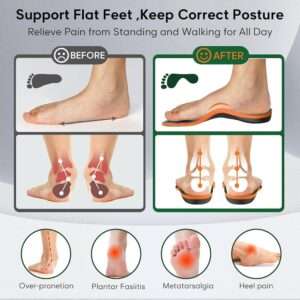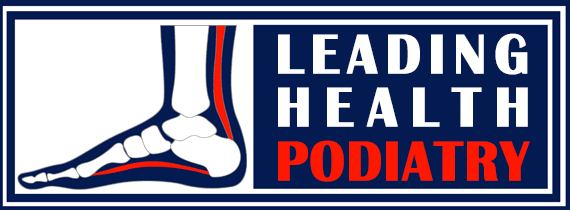Shin Splints
What Are Shin Splints?
Shin splints refer to pain, stiffness, and swelling along the front of the lower leg, typically occurring during or after exercise. The discomfort may subside quickly after stopping activity or persist for days, often feeling worse in the morning. It can affect one or both legs, with pain concentrated in the lower half of the shin bone (tibia).
Since other serious conditions, such as stress fractures and compartment syndrome, can have similar symptoms, a professional diagnosis by a podiatrist is essential to ensure the correct treatment and avoid complications.
Causes of Shin Splints
Shin splints result from excessive strain on the muscles and tissues surrounding the shin bone. This stress can lead to muscle inflammation or irritation of the bone lining.
Those who engage in high-impact or running-based sports like AFL, soccer, rugby, basketball, and netball are at higher risk due to the frequent stopping, starting, and rapid direction changes, which increase strain on the lower legs.
Common contributing factors include:
✅ Sudden increase in training intensity – “Too much, too soon” without proper conditioning
✅ Unsupportive footwear – Worn-out or improper shoes can increase stress on the legs
✅ Flat feet or abnormal foot mechanics – Misalignment can cause excess strain on the shins
✅ Running on hard surfaces – Concrete and other firm surfaces amplify impact forces
✅ Tight or weak leg muscles – Lack of flexibility or strength can contribute to overload
If left untreated, shin splints can worsen and potentially lead to stress fractures, making early intervention crucial.
Treatment for Shin Splints
The primary goal of treatment is to reduce strain on the muscles and prevent further pain.
Immediate care includes:
🔹 Rest, Ice, Compression, and Elevation (RICE) – Helps reduce pain and inflammation
🔹 Ice application – Apply for 20-minute intervals with a damp cloth as a barrier to protect the skin
🔹 Stretching and strengthening – Targeted exercises improve muscle function and prevent recurrence
At Leading Health Podiatry Modbury, our podiatrists conduct a thorough biomechanical assessment to determine if foot alignment issues contribute to your shin splints. If necessary, we may recommend:
👣 Custom Orthotics – Designed to correct foot posture and evenly distribute pressure, made using advanced 3D scanning technology
👟 Proper Footwear Advice – Recommendations based on your foot type and activity level
🏋️ Personalised Rehabilitation Plans – Strengthening and stretching programs tailored to your needs
The earlier you seek treatment, the quicker you can return to pain-free movement and the activities you love.


Leading Health Podiatry’s Top Tips for Managing Shin Splints
✔️ Get assessed by a podiatrist as early as possible
✔️ Rest, ice, and stretch regularly to aid recovery
✔️ Wear supportive footwear suited to your foot type
✔️ Use custom foot orthotics if prescribed
✔️ Follow your tailored treatment plan for the best results
If you’re experiencing shin pain, Leading Health Podiatry Modbury can help. Book an appointment today for expert diagnosis and treatment!

